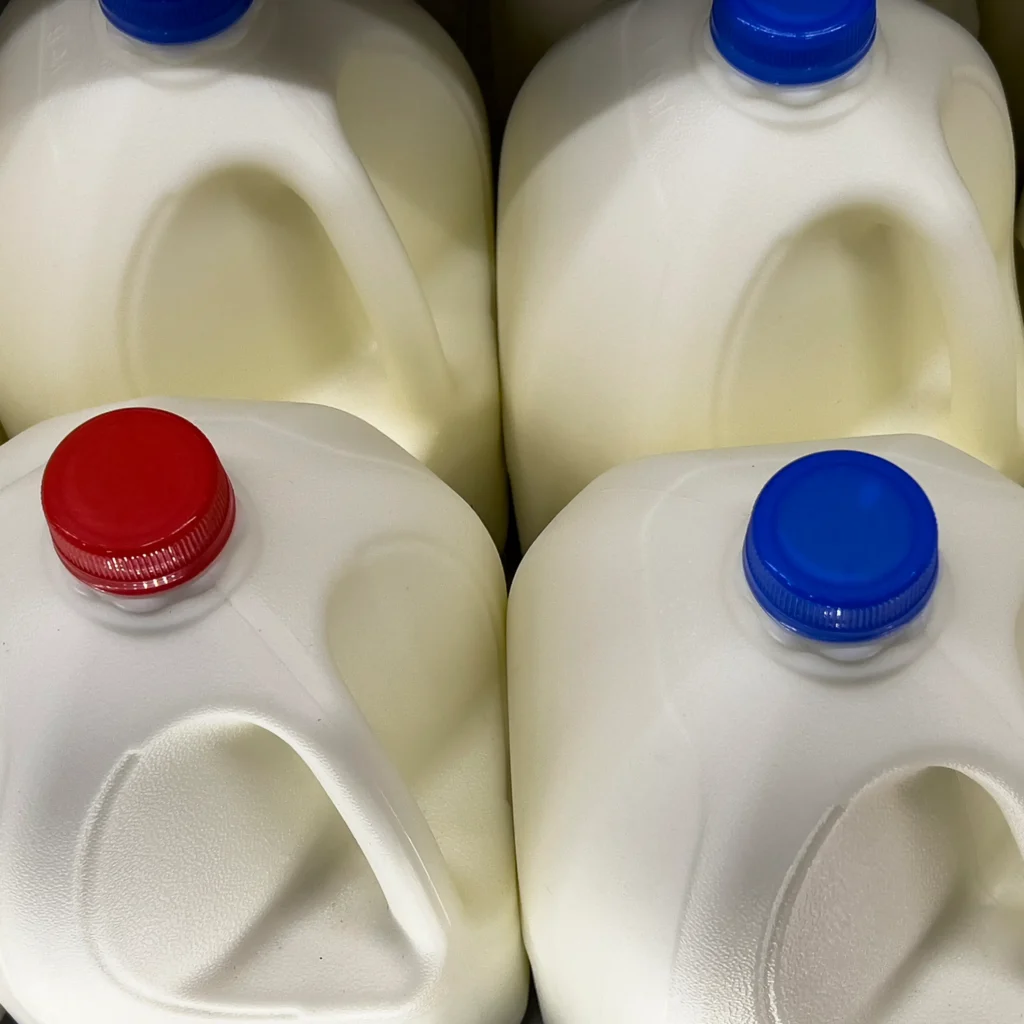The U.S. Environmental Protection Agency, acting in the name of reducing greenhouse gas emissions, is considering fuel efficiency standards for autos that are far more stringent than the current mandate for 35 mpg by 2020. As early as Monday, the staff of EPA is expected to issue its report, which then goes to the EPA administrator.
Experts in the fields of the environment and law contacted by The Heartland Institute find the higher standards ill-advised and harmful to consumers and the economy.
In your coverage of this news event or your analysis, you may find the following comments useful. You may quote these statements or contact them directly.
“Does EPA have any heart at all? If the agency mandates still-tighter fuel economy standards, consumers will needlessly feel the double-punch of higher gasoline prices and higher automobile prices.
“Automakers already produce dozens of models that achieve more than 30 miles per gallon. Many consumers are choosing to buy these vehicles, but a family of four, five, or six simply cannot cram into a subcompact.
“Let consumers choose for themselves what is best for them in these times of high gas prices. Forcing automakers to squeeze high mileage out of full-size cars will force them to raise auto prices several thousand dollars per vehicle, but consumers will save far less than that in gasoline economy. This simply does not make sense, and extracts still more money from consumers’ driving budgets.”
James M. Taylor
Senior Fellow, Environment Policy
The Heartland Institute
941-776-5690
“EPA’s draft proposal is the latest raising of the political ante in the CAFE card game. Consumers are already responding to higher fuel prices through changes in their car-buying behavior, driving habits and commuting patterns. But none of this is good enough for politicians and bureaucrats who think technology mandates are a cost-free panacea. These functionaries portray the auto industry as their target, but the public will be the real victims as car prices increase, car choices shrink, and car safety drops.”
Sam Kazman
General Counsel
Competitive Enterprise Institute
202-331-1010
“CAFE does not mandate vehicle design, weight or size, but the practical result of stricter mandates is that automobile manufacturers would be forced to build smaller and lighter vehicles that consume less fuel. Smaller vehicles sacrifice the safety of drivers and passengers. Numerous empirical studies document why smaller automobiles fare worse in crashes and are, indeed, less safe compared to heavier vehicles.
“One such study done in 2003 by the National Highway Traffic Safety Administration estimated the lethal impact of reducing vehicle weight by 100 pounds. The study found the loss of mass would increase the fatality rate as much as 5.63 percent for lighter cars weighing less than 2,950 pounds, 4.70 percent for heavier cars weighing more than 2,950 pounds, and 3.06 percent for light trucks. The fatality rate increases would translate into additional traffic fatalities of 13,608 for light cars, 10,884 for heavier cars, and 14,705 for light trucks.
“Such tragic findings are, unfortunately, predictable. Large, heavy vehicles involved in most crashes are inherently safer than smaller ones because they contain additional crushable material.”
Ryan Balis
Policy Analyst
The National Center for Public Policy Research
202-543-4110
Nothing in this media advisory is intended to influence the passage of legislation, and it does not necessarily represent the views of The Heartland Institute. For further information on this and other topics, visit The Heartland Institute‘s Web site at http://www.heartland.org and PolicyBot, Heartland’s free online research database.
If you have any questions about this issue or The Heartland Institute, contact Executive Vice President Dan Miller at 312/377-4000 or [email protected].



